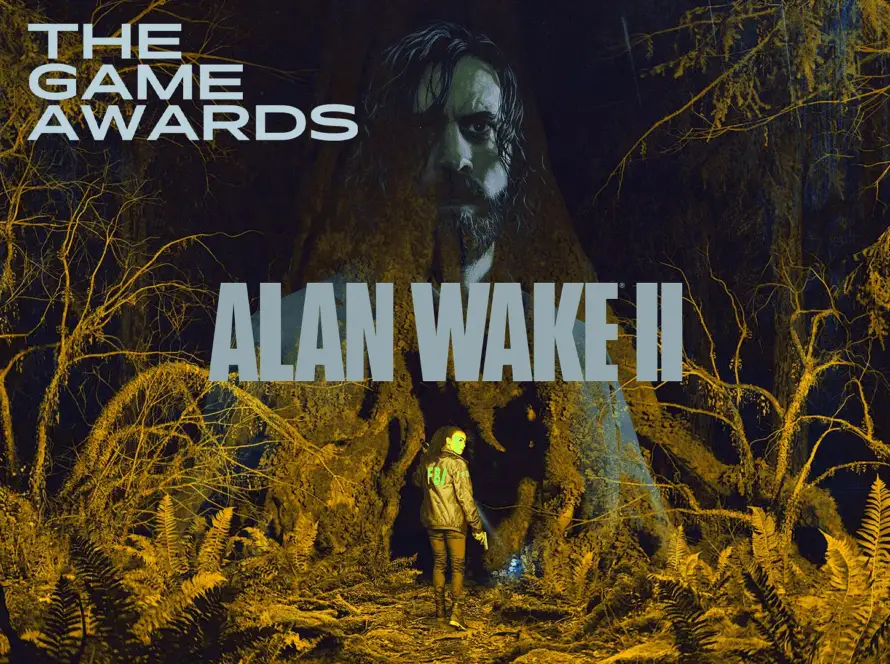The Rise of Cinematic Games
The line between gaming and cinema is becoming increasingly blurred, as modern video games adopt cinematic techniques to tell their stories. Games like The Last of Us Part II and Red Dead Redemption 2 feature meticulously crafted narratives, complete with high-quality acting, complex character development, and emotionally driven plots. These games are often compared to blockbuster films due to their immersive worlds and deep storytelling, proving that video games can be just as impactful as traditional cinema. As storytelling in games becomes more sophisticated, they are evolving into a legitimate medium for delivering powerful, emotionally resonant narratives.
Motion Capture and Realism
Motion capture technology has revolutionized the way characters are brought to life in video games. By capturing the movements and facial expressions of actors, games like Death Stranding offer incredibly realistic animations that make characters feel more human. This technology adds a layer of emotional depth to the story, as players can see and feel the characters’ emotions through nuanced performances. The use of real actors not only enhances visual realism but also bridges the gap between traditional film acting and video game storytelling, creating an immersive and believable experience for the player.
Interactive Narratives: Player Choice as Storytelling
In interactive narrative games like Detroit: Become Human, the story adapts to the player’s choices, offering a deeply personalized experience. These games give players the power to influence the outcome of the story, creating a sense of agency and immersion that traditional storytelling methods can’t match. With branching storylines and multiple endings, players are encouraged to think critically about their decisions, as every choice can have significant consequences. This form of storytelling allows for a more intimate connection between the player and the characters, making the narrative feel unique and tailored to the individual’s actions.
The Influence of Film Directors in Game Design
As the storytelling potential of video games grows, more film directors are becoming involved in the industry. Visionaries like Guillermo del Toro and Hideo Kojima have pushed the boundaries of what games can achieve in terms of narrative and atmosphere. Del Toro’s collaboration on Death Stranding brought a cinematic quality to the game, blending haunting visuals with a deep, symbolic story. The involvement of directors who specialize in film helps elevate games to new narrative heights, further cementing the idea that video games are an art form capable of telling complex, multi-layered stories.


